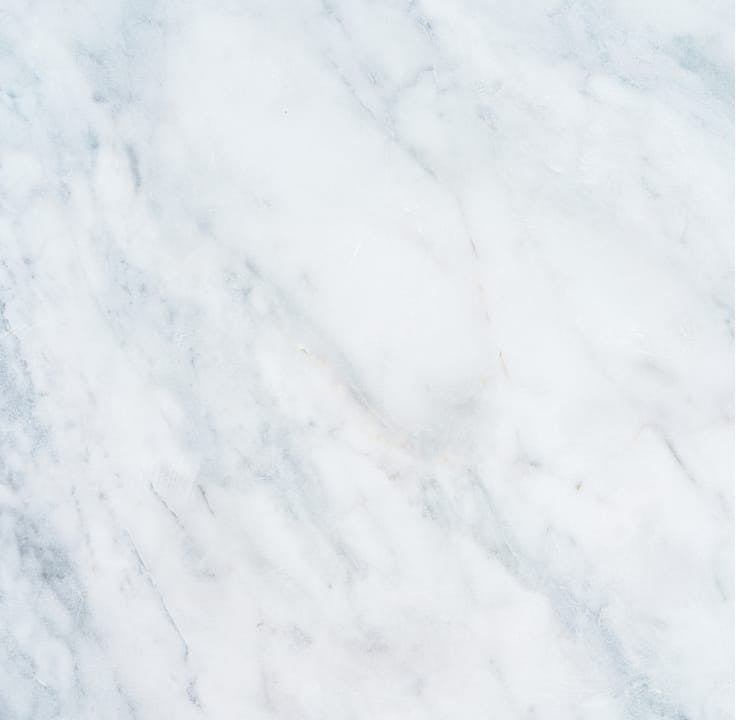A major component of aging is the loss of tone and turgor of the skin. This leads to wrinkles or rhytids.
Enter – laser skin resurfacing
With the advent of the CO2 laser in the 1990s, and facial laser resurfacing, Cosmetic Surgeons were for the first time capable of affecting skin tone. The downside was that the first generation of lasers were fully ablative meaning they were very aggressive, and patients had long recovery periods and occasional complications.





